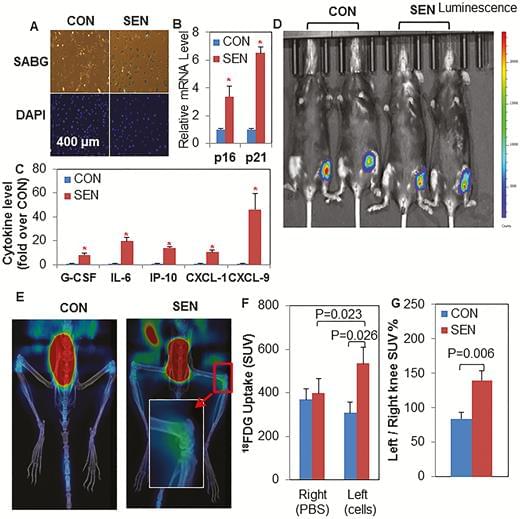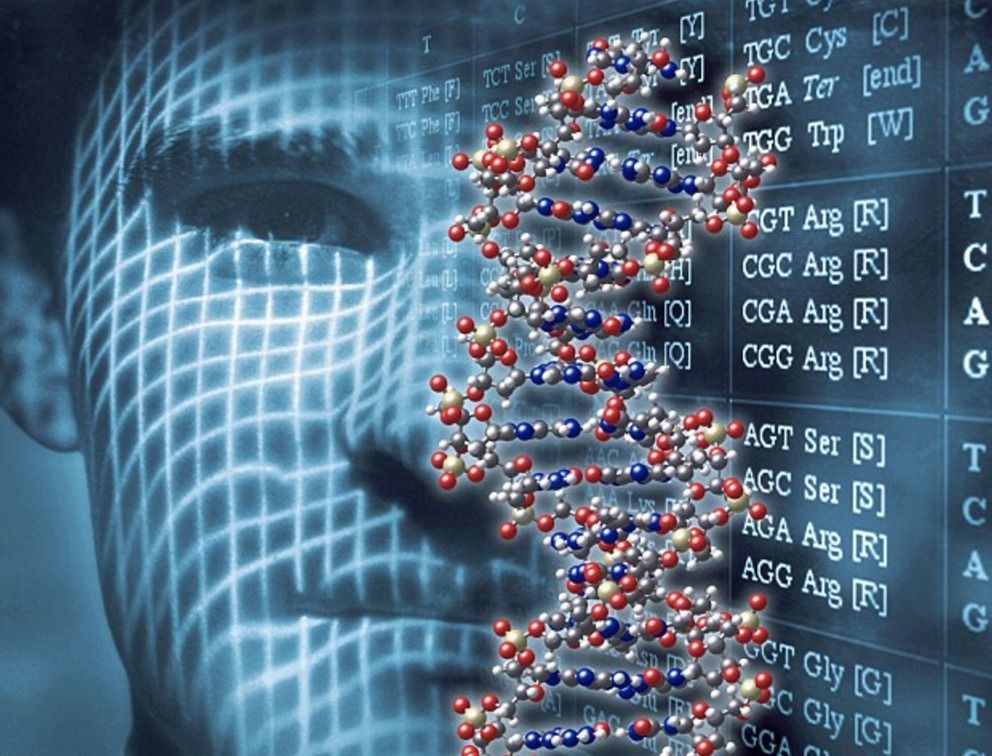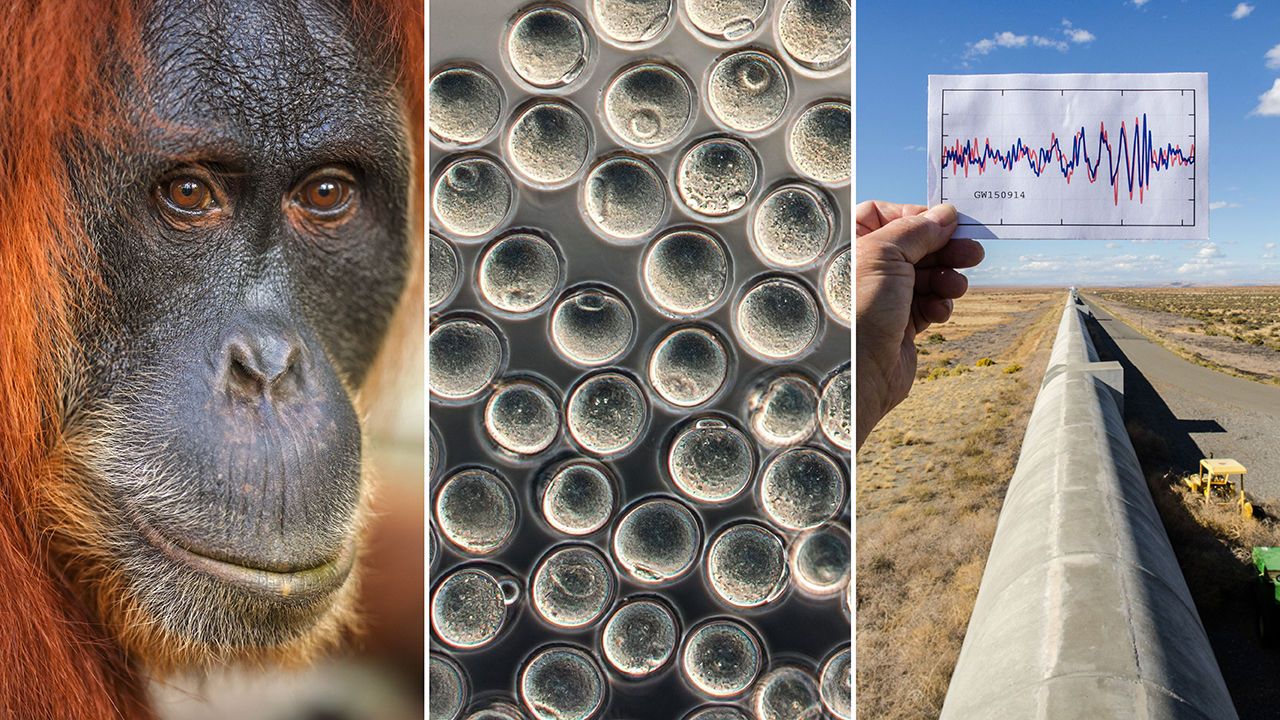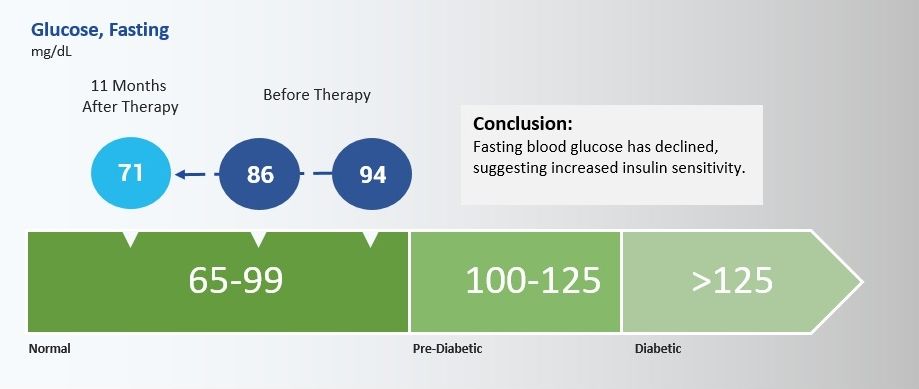Osteoarthritis and senescent cells the connection becomes a little clearer!
Another step closer to the link between senescent cells and Osteoarthritis. Here we see mice receiving transplanted senescent cells which induce a disease state similar to Osteoarthritis. Yet further confirmation that the SENS approach to removing senescent cells is beneficial.
“Osteoarthritis (OA) is the leading form of arthritis in the elderly, causing pain, disability, and immobility. OA has been associated with accumulation of senescent cells in or near joints. However, evidence for a causal link between OA and cellular senescence is lacking. Here, we present a novel senescent cell transplantation model involving injection of small numbers of senescent or nonsenescent cells from the ear cartilage of luciferase-expressing mice into the knee joint area of wild-type mice. By using bioluminescence and 18FDG PET imaging, we could track the injected cells in vivo for more than 10 days. Transplanting senescent cells into the knee region caused leg pain, impaired mobility, and radiographic and histological changes suggestive of OA. Transplanting nonsenescent cells had less of these effects. Thus, senescent cells can induce an OA-like state and targeting senescent cells could be a promising strategy for treating OA.”




